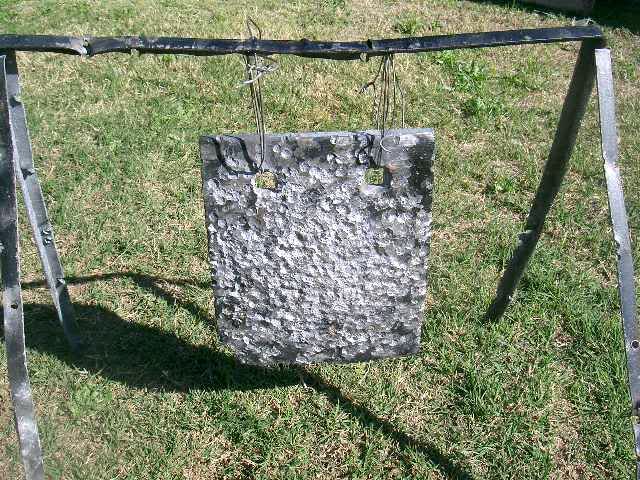Hi. My son and i shoot, among other things, a .303 British sporterized Lee Enfield. He recently started reloading ammunition for the rifle, and we decided to add a couple of targets--100 yards and 200 yards--to our personal setup to see how he's been doing. We are thinking of making swing-style targets that will react when they are hit, but swing back into place relatively quickly. We want these targets to last a while. The small amount of research we've done leads to using 500 Brinell steel. I feel that 1/2 inch cold rolled steel would be cheaper and just as effective. any suggestions?
Also, we are concerned about the splatter, if you will, of the fragmenting rounds. should it be something to worry about when the target is 100 yards into a field? Thirdly, could such a target be of use if we step up to a more powerful caliber, such as .223 Remington?
thank you in advance.
Also, we are concerned about the splatter, if you will, of the fragmenting rounds. should it be something to worry about when the target is 100 yards into a field? Thirdly, could such a target be of use if we step up to a more powerful caliber, such as .223 Remington?
thank you in advance.

